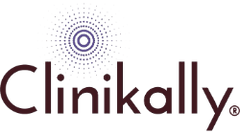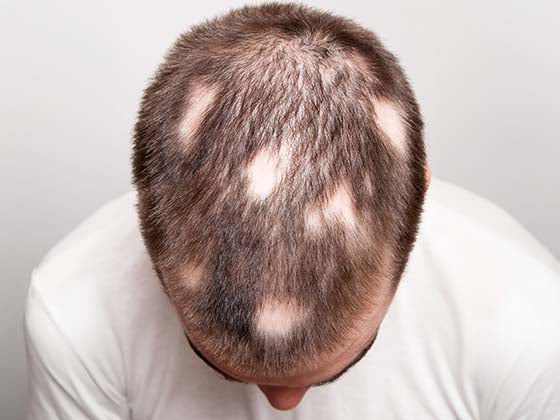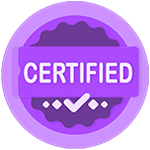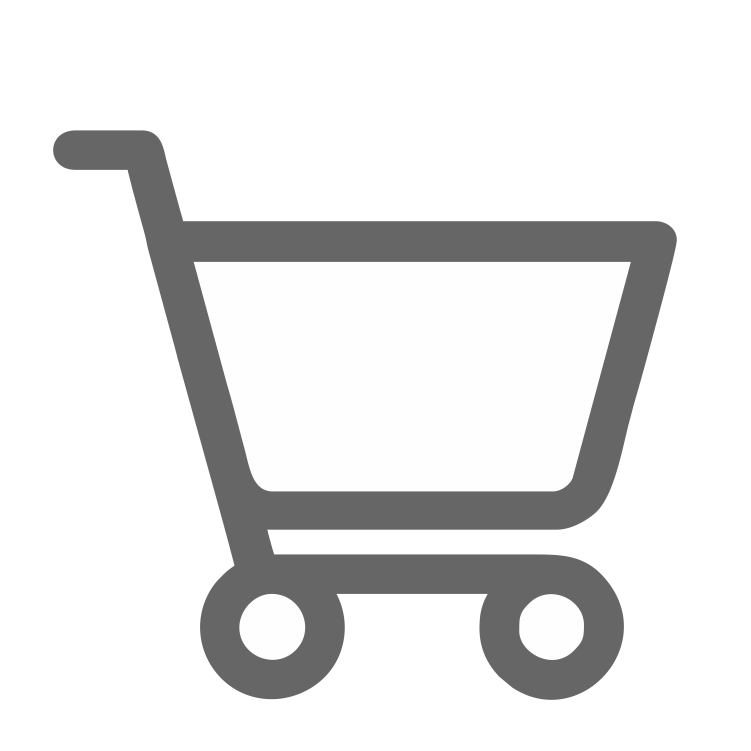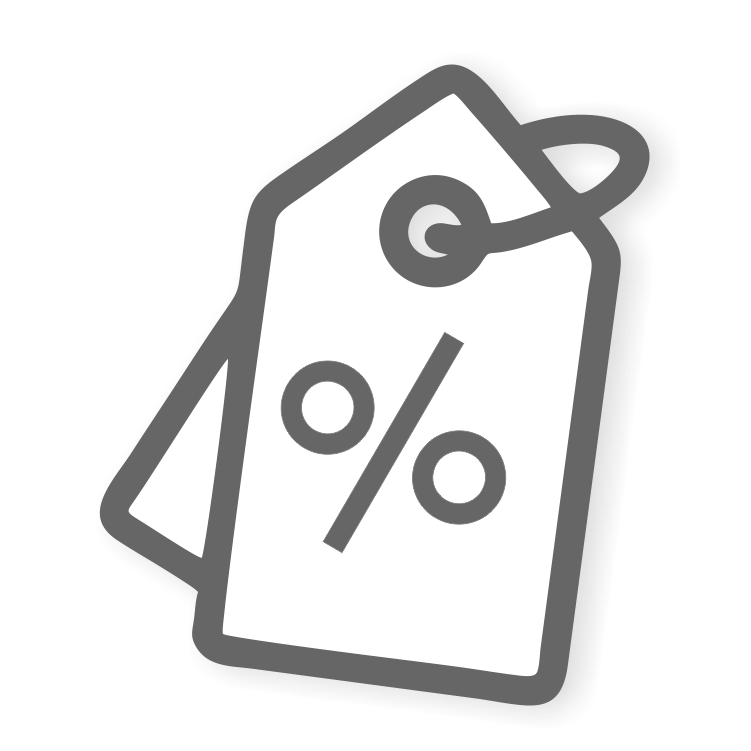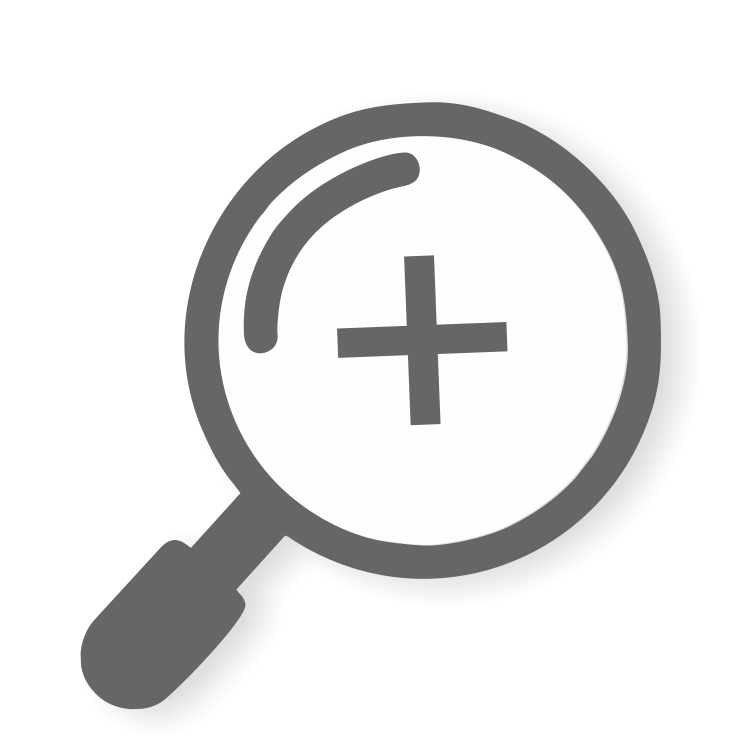Getting rid of hair lice fast and effectively is a typical worry, especially for infestations. The key to lice management is to use an excellent anti-lice shampoo. These shampoos contain specialized compounds that target and kill lice and their eggs (nits). In this blog, we will look at some of the best anti-lice shampoos to help you get rid of hair lice quickly.
Understanding Hair Lice: Causes and How They Spread

Hair lice (also known as head lice) are tiny, parasitic insects that live on the scalp and feed on blood. They can cause itching and discomfort, and while they're not dangerous, they can be quite bothersome. Understanding how lice spread and the causes of infestations can help you prevent and treat them more effectively.
-
A lice infestation occurs when a person comes into contact with an infected person or their items. The main cause of lice is intimate contact with someone who already has lice.
-
Lice spreads through head-to-head contact, sharing personal items, infected clothing or bedding, and in public places.
The Science Behind Lice Infestation

Lice infestations are generated by a combination of biological, ecological, and behavioral factors that influence the pests' ability to live and spread. Understanding how lice live, feed, reproduce, and spread explains why they are such tenacious pests. Infestations can be controlled and eliminated with proper treatment, which involves combing and applying anti-lice shampoo.
Common Ways Lice Spread from Person to Person

The main ways lice are transmitted are as follows:
-
Head-to-head contact is the most common way lice spreads. Lice are crawling insects that cannot fly or jump, thus they spread through human contact. This type of contact is commonly used during activities such as playing close, embracing, sharing close quarters, and sleeping together.
-
Lice can spread when people exchange personal items that come into contact with their hair or scalp. Hats, scarves, and helmets, combs, brushes, and hair accessories, towels, and pillowcases are some of the most popular products that might spread lice.
-
When an infected individual's clothing comes into close touch with another person, it might transfer lice. Jackets and sweaters, as well as coats and scarves, are examples of clothing worn in social places.
-
The close contact involved in sleepovers, camps, and other group settings (such as daycare or sports teams) increases the likelihood of lice spreading. At sleepovers, children may share beds, pillows, or even clothes, allowing lice to spread easily from person to person. These conditions enhance physical proximity, which is a significant element in lice transmission. Because lice are microscopic and difficult to notice, they can spread undetected until symptoms (such as itching) arise.
-
Lice are not typically spread through public spaces like public transportation, movie theaters, or swimming pools because lice cannot survive for long off the human body (usually 24 to 48 hours at most). However, in rare cases such as swimming pools, movie theaters and public transportation.
-
If one person has lice, other members of the household are more likely to come into contact with it. Lice are especially contagious in close-knit family settings because everyone shares personal goods such as towels, pillows, and combs.
-
Schools and daycare centers are among the most prevalent places where lice are spread. Because children spend so much time close to one another, lice can spread quickly through head-to-head contact or by sharing personal objects such as hats, coats, or brushes.
Myths and Facts About Hair Lice

Some prevalent myths concerning head lice are addressed, as well as the facts.
-
Myth: Lice are indicative of poor cleanliness.
-
Fact: Dirty hair and poor hygiene do not attract lice. They prefer clean hair because it is simpler to crawl through. Lice infestations are caused by direct contact with an infected person rather than poor hygiene habits. Anyone can get lice, regardless of how frequently they wash their hair.
-
Myth: Lice can jump and fly from person to person.
-
Fact: Lice cannot jump or fly. They are wingless and can only crawl. They spread by direct head-to-head contact, as lice crawl from one person's hair to another's scalp. Lice cannot fly or jump like fleas.
-
Myth: You can catch lice from dogs.
-
Fact: Lice are unique to humans and cannot be transferred by pets. Head lice (the form that infects people) only live on human hair and require human blood to survive. Pets such as dogs and cats do not transmit or spread human lice.
-
Myth: Lice only infect children.
-
Fact: While children are more susceptible to lice due to frequent close contact activities (such as playing, hugging, or sharing headgear), adults can still contract lice. Lice infestations affect persons of all ages, particularly in environments where close contact is widespread, such as schools, daycares, or homes.
-
Myth: If you can't see lice, you don't have any.
-
Fact: Lice are difficult to spot, especially in the early stages of an infestation. The eggs (nits) are typically easier to see than the lice themselves. Adult lice are small and move quickly, making them difficult to detect without a thorough inspection. Itching is frequently the first sign of an infestation, but it may not appear immediately after exposure.
Top 6 Anti-Lice Shampoos: Effective Solutions for Lice Removal

When dealing with a lice infestation, employing an effective anti-lice shampoo is critical for eradicating the pests and avoiding their recurrence. Here are six of the best anti-lice shampoos that have shown to be efficient in lice removal:
Ingredients to Look for in a Lice Shampoo

The key ingredients to look for in a lice shampoo, along with how they work:
-
Permethrin: It is a synthetic pyrethroid (a type of chrysanthemum-derived compounds) that targets lice's nervous system. It paralyzes and eliminates both adult lice and nits (eggs). It's the active ingredient in many over-the-counter lice treatments, including Nix. Permethrin is FDA-approved and one of the most often used treatments for lice infestations. It usually takes two applications: one for the initial treatment, and another 7-9 days later to kill any newly hatched lice.
-
Pyrethrins: These natural pesticides are generated from chrysanthemum flowers. They function similarly to permethrin by damaging lice's nerve system, resulting in paralysis and death. Pyrethrins are frequently used in conjunction with piperonyl butoxide, a substance that increases their efficacy by preventing lice from breaking down the insecticide.
-
Dimethicone: It's a silicone-based chemical that suffocates lice. It coats the lice, closing their airways and prevents them from breathing, resulting in their death. It also loosens nits in the hair, making them easier to remove. Dimethicone is an efficient way to treat lice without using harmful chemicals. It is soothing on the scalp and commonly used in non-toxic treatments.
-
Sodium chloride: Some lice shampoos, such as Licefreee!, employ salt (sodium chloride) to dehydrate and kill lice. Salt has a drying impact that can impair the lice's capacity to maintain a moisture balance, resulting in their death. Salt is a natural, non-toxic chemical that, while efficient at killing lice, may take many treatments and does not always destroy nits.
-
Isopropyl myristate: It is an oil-based solvent that disrupts lice's outer shell, causing them to dry and suffocate. It is frequently used with other chemicals to increase the efficacy of lice treatments. Isopropyl myristate is frequently used in conjunction with other active substances, such as citrus extracts or cyclomethicone, to eradicate lice more efficiently.
-
Coconut oil: It is occasionally used in lice shampoos as a natural smothering agent. It works by coating lice and their nits, gradually smothering them. Coconut oil contains hydrating characteristics that might help alleviate itchy scalps. While not as effective as chemical treatments, coconut oil is a safe and non-toxic alternative that works well when combined with other active components or as part of a comprehensive lice treatment routine.
-
Tea tree oil: It contains antifungal, antibacterial, and insecticidal effects. It can choke lice and serves as a natural repellant. It is frequently used in conjunction with other active components in lice shampoos. It kills lice effectively, and studies suggest that its repellant characteristics may help prevent re-infestations. However, it is most effective when combined with other active substances.
-
Cyclomethicone: It's a form of silicone found in several lice shampoos. It helps to cover and smother lice by creating a barrier around them. It also helps to loosen nits, making them easier to remove by combing. It is effective in non-toxic lice treatments and is frequently used in conjunction with other substances such as isopropyl myristate to improve outcomes.
-
Piperonyl butoxide: Piperonyl butoxide is a synergist that increases the efficacy of pyrethrins (and other insecticides) by preventing lice from metabolizing and degrading the chemicals. Piperonyl butoxide does not kill lice, but it increases the effectiveness of other pesticides such as pyrethrins.
Chemical vs. Natural Anti-Lice Shampoos

-
If you need quick, proven results and have a mild to moderate infestation, chemical-based treatments may be a preferable alternative because they are both effective and quick. They are effective for the majority of people, although some may experience irritation or require a second treatment.
-
If you want a gentler, chemical-free shampoo or have sensitive skin, natural shampoos containing dimethicone, tea tree oil, or coconut oil are a wonderful choice. However, it may take more time and numerous applications to entirely remove lice from the hair.
-
For Children: When treating children or newborns, you may wish to use a gentler, natural-based therapy that is free of hazardous chemicals.
-
For Resistant Lice: If you have resistant lice, a chemical-based shampoo may be more effective. However, combining chemical treatments with manual combing can assist in eliminating both lice and nits.
How Often Should You Use an Anti-Lice Shampoo?

The frequency of using an anti-lice shampoo depends on several factors, including the specific product you're using, the severity of the infestation, and whether you're using a chemical-based or natural-based treatment. Here's a guide to help you determine how often you should use an anti-lice shampoo:
1. Chemical-Based Anti-Lice Shampoos
-
Most chemical-based shampoos, such as those containing permethrin or pyrethrins, only require a single application to kill lice and their eggs (nits). After using the shampoo, the lice should die within a few hours. To achieve the greatest results, strictly follow the product's guidelines.
-
Repeat in 7–9 days. A second treatment is frequently required to eliminate any newly developed lice from the eggs (nits) that survived the initial treatment. The second application is usually suggested 7-9 days following the first to guarantee that any leftover lice or newly hatched lice are eliminated.
-
If resistance develops: In rare circumstances, lice may become resistant to the chemicals in the shampoo, reducing its effectiveness. If this occurs, you may need to try a new active ingredient (for example, switching from pyrethrins to permethrin, or vice versa) or seek other treatment.
-
Once each week: For general maintenance or prevention (if you've had a previous lice infestation), you could use a chemical shampoo once a week to guarantee that all lice and nits are destroyed, especially if there is a risk of reinfestation.
2. Natural-Based Anti-Lice Shampoos
-
Multiple applications: Natural lice shampoos, such as those with dimethicone, coconut oil, or tea tree oil, may take longer to work and often require multiple applications to fully kill lice and nits. Follow the product's instructions, but typically you will need to apply the shampoo every 2-3 days for the first week.
-
Repeat after 7 days: Similar to chemical treatments, natural-based shampoos may need a second application after 7–10 days to ensure that all lice and newly hatched lice are treated.
-
Once a week for prevention: After successfully treating lice, you can use natural-based shampoos once a week as a preventative measure, especially if lice are abundant in your area or if you've had close contact with someone who has them.
-
If lice persist: If lice remain despite repeated treatment, the treatment may need to be repeated every 2-3 days until the infestation is eradicated. In other circumstances, you may need to attempt a different natural remedy or a pharmacological alternative.
Post-Treatment Care: Keeping Your Hair and Scalp Healthy

After treating a lice infestation, it's critical to provide correct post-treatment care to keep your hair and scalp healthy while effectively preventing reinfestation. Lice treatment can be tough on the scalp and hair, therefore a gentle yet comprehensive aftercare practice is essential for keeping healthy hair and scalp. Here's how to keep your hair and scalp in excellent condition following treatment:
-
For two weeks, remove nits every 2-3 days with a fine-toothed lice comb.
-
A soft, moisturizing shampoo and conditioner will help to soothe your scalp.
-
To prevent reinfestation, wash all clothes, bedding, and personal items in hot water, vacuum living areas, and use lice-repellent products.
-
To avoid damage, be gentle with your hair and avoid heat styling or tight hairstyles.
-
Check your hair and scalp for new lice or nits on a regular basis to prevent a reinfestation.
-
To relieve scalp irritation and maintain healthy hair, use natural therapies such as aloe vera, apple cider vinegar, or herbal oils.
By following these methods, you'll maintain your scalp and hair healthy, while also lowering the likelihood of lice returning.
Preventing Reinfestation: What You Need to Know

Preventing lice reinfestation is a vital step in the lice treatment process. Even after you've successfully treated the lice, reinfestation is possible if necessary safeguards are not performed. Here's a complete guide to assist you in preventing lice from returning and keeping your environment lice-free.
-
Wash and clean all bedding, clothing, and personal things in hot water, then dry on high heat.
-
Examine all household members for lice and nits.
-
To avoid reinfestation, use lice repellent and comb your hair regularly.
-
Teach your youngsters not to make direct eye contact or share personal belongings.
-
Inspect hair regularly to detect any signs of lice or nits early.
-
Maintain hygiene in shared environments such as schools, daycares, and camps.
-
Seek professional help if lice persist despite several treatments.
By remaining diligent and adopting these preventive measures, you can dramatically lower the likelihood of lice reinfestation while keeping your scalp and hair healthy and lice-free.
Scalp Care After Using Lice Shampoo

After using lice shampoo, it's critical to take good care of your scalp to keep it healthy and comfortable. Lice treatments, particularly chemical ones, can sometimes leave your scalp dry, irritated, or itchy, so maintaining a healthy post-treatment scalp care routine will help to avoid discomfort and promote healing. Here's how to care for your scalp after using lice shampoo:
-
Moisturize your scalp using gentle, moisturizing shampoos, conditioners, and natural oils like coconut oil or aloe vera.
-
Calming treatments such as aloe vera, apple cider vinegar, and tea tree oil can help relieve irritation.
-
To prevent further discomfort, avoid using heat styling and instead utilize moderate hair care procedures.
-
If itching persists, apply cold compresses or hydrocortisone cream.
-
Continue to use lice repellents and perform regular scalp examinations.
-
Don't over-wash your hair; limit it to 2-3 times a week with lukewarm water.
Following these procedures can help your scalp heal fast, reduce irritation, and keep your hair healthy after using lice shampoo.
Additional Steps for Complete Lice Eradication

While using an anti-lice shampoo is critical for treating a lice infestation, total lice eradication takes more than one step. You must ensure that both the lice and their nits (eggs) are eliminated, and that you take precautions to avoid reinfestation. To ensure that your lice treatment is effective and thorough, use a fine-toothed lice comb, repeat the lice treatment as directed, wash and clean all personal items, treat everyone in the household, use lice-repellent products, monitor the hair and scalp, educate everyone in the household, and seek professional help as needed.
Final Thoughts: Choosing the Right Lice Treatment for Your Hair

Choosing the appropriate lice treatment for your hair is critical for effectively eliminating an infestation while also protecting the health of your scalp and hair. With so many products available, it can be difficult to determine which treatment is best for you or your family. Consider the type of lice treatment, check for important ingredients, treat the entire family, safety and side effects, efficacy and time, follow-up and prevention, and seek professional assistance.
